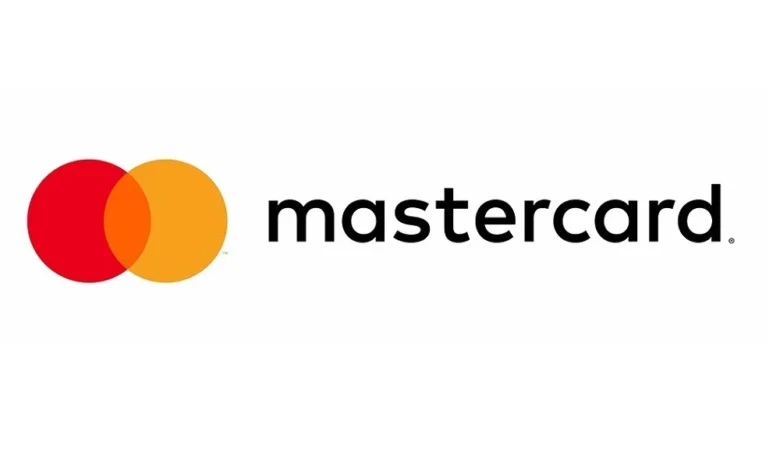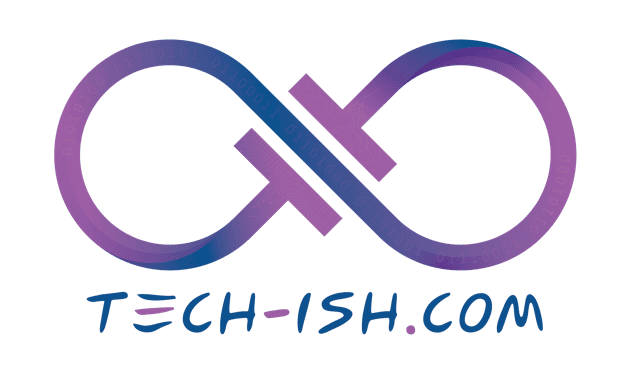
Mastercard and Circle have expanded their partnership to let acquiring institutions in Eastern Europe, the Middle East, and Africa settle card transactions in USDC or EURC for the first time on Mastercard’s network. Arab Financial Services and Bahrain-based Eazy Financial Services are the first acquirers on board, signalling a pragmatic path for stablecoin settlement at scale across the region.
Why it matters for merchants and PSPs
Stablecoin settlement promises fewer cut-off windows and faster availability of funds because it rides on always-on rails. That can reduce FX friction on cross-border flows, simplify treasury for merchants that price in dollars or euros, and unlock programmable payouts and reconciliations for platforms. Mastercard has been building end-to-end capabilities for stablecoin payments, including letting merchants choose to receive settlements in USDC regardless of how customers pay, which is exactly the bridge most acquirers and PSPs have been waiting for.
Circle’s USDC and EURC are fully reserved and redeemable for fiat, a design that has helped stablecoins gain traction with fintechs handling remittances, B2B payments, and marketplace payouts. With this expansion, those same attributes are now tied directly into an incumbent card network’s settlement layer in EEMEA.
What this could unlock in Africa
East Africa is already comfortable with digital money, led by mobile wallets and instant domestic transfers. The missing piece is efficient cross-border settlement. Putting stablecoin settlement behind card acquiring could help regional marketplaces, SaaS exporters, and travel operators reduce settlement delays, then convert to local currency when needed through existing partners. This pairs well with broader momentum we have been tracking on Techish:
- Yellow Card’s ongoing stablecoin push, including a Visa partnership to accelerate adoption.
- USDC rolling out on Stellar for faster cross-border transfers to and from Africa.
- HoneyCoin’s seed round to scale stablecoin-compatible payment orchestration for enterprises.
- ViFi Labs’ acquisition of OneRamp to wire stablecoins into mobile money infrastructure.
For local context, Onafriq now connects about one billion wallets and half a billion bank accounts across Africa. An acquiring stack that settles in stablecoins upstream and pays out to mobile money downstream could remove a lot of operational friction for exporters and gig platforms. The details will depend on each corridor, compliance framework, and liquidity partner.
The compliance lens
Trust and compliance will decide how quickly this scales. Mastercard says the rollout is underpinned by its Crypto Credential and Crypto Secure frameworks to verify counterparties and screen transactions, aligning with regional regulatory expectations. Circle’s model of fully reserved, regulated affiliates is designed to fit within supervised environments. Markets will still move at different speeds, but connecting stablecoins to a familiar acquiring workflow lowers the barrier for merchants that cannot rebuild payments from scratch.







